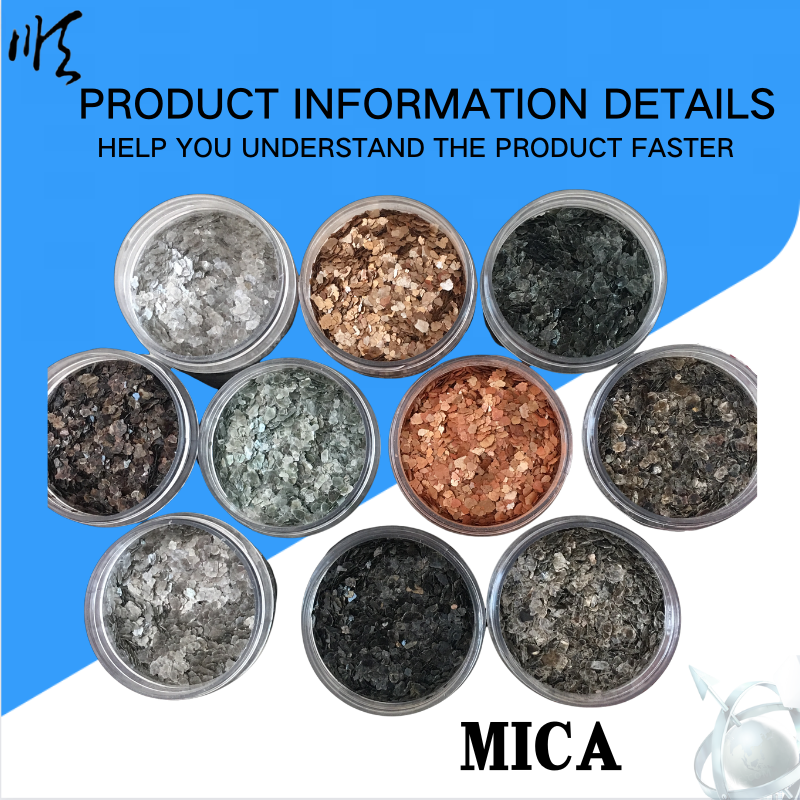
Exploring Different Varieties and Applications of Zeolite Materials in Industry
Understanding the Different Types of Zeolites
Zeolites are a fascinating group of naturally occurring and synthetic crystalline aluminosilicates that play a crucial role in many industrial applications. These microporous materials are recognized for their unique ability to absorb and exchange ions, making them invaluable in various fields, including catalysis, ion exchange, gas separation, and environmental remediation. The diversity of zeolite types is extensive, and understanding these variations is essential for harnessing their potential in practical applications.
Natural Zeolites
Natural zeolites are formed through geological processes and are typically found in volcanic rocks and sedimentary deposits. Among the most common natural zeolites are clinoptilolite, mordenite, and chabazite. Clinoptilolite, in particular, is widely used due to its high selectivity and cation-exchange capacity. It has found applications in agriculture as a soil conditioner, in water purification, and as a feed additive to promote animal health.
Mordenite, characterized by its unique crystal structure, demonstrates excellent thermal stability and ion-exchange properties. It is often utilized in the petrochemical industry for catalytic cracking processes. Chabazite, on the other hand, has a cage-like structure, making it particularly effective for adsorbing small molecules, such as ammonia and carbon dioxide. Natural zeolites can be advantageous due to their low cost and environmentally friendly attributes, but they may lack the specificity and uniformity of synthetic alternatives.
Synthetic Zeolites
types of zeolite

Synthetic zeolites are engineered in laboratories to enhance certain properties, allowing for customization based on industrial needs. The most widely known synthetic zeolites include Zeolite A, ZSM-5, and SAPO-34. Zeolite A, with its uniform pores, is primarily used for ion exchange, especially in detergents to soften water. Its ability to trap calcium and magnesium ions makes it effective for improving the performance of household and industrial cleaning agents.
ZSM-5 is a member of the MFI (Mobil Five) framework type and exhibits unique catalytic properties. It is a zeolite that shows a remarkable capability for catalyzing various hydrocarbon reactions, making it essential in the petroleum refining and petrochemical industries. Its shape-selective catalysis allows for the production of specific hydrocarbons while minimizing byproducts, making it a cornerstone in modern chemical processes.
SAPO-34, an aluminosilicate phosphate, is known for its exceptional performance in methanol-to-olefins (MTO) processes, transforming methanol into valuable olefin products like ethylene and propylene. The ability to tailor its composition and structure offers enhanced catalytic properties, making synthetic zeolites an increasingly popular choice in demanding applications.
Conclusion
Zeolites, whether natural or synthetic, exhibit remarkable versatility and functionality due to their unique structures and chemical properties. The wide variety of zeolite types caters to different industrial needs, from water purification and soil enhancement to advanced catalytic processes in petrochemicals. The continued research and development in zeolite synthesis and application hold great promise for the future, particularly in addressing environmental issues and enhancing industrial efficiency. As our understanding of these extraordinary materials deepens, zeolites are poised to play a pivotal role in sustainable development and innovative technological solutions.
Share
-
Natural Premium Bentonite Cat Litter - Superior ClumpingNewsJul.31,2025
-
Premium Resin Coated Sand - High Heat Resistance CastingNewsJul.31,2025
-
High Quality Silicon Carbide Grit for Abrasive ApplicationsNewsJul.30,2025
-
High-Quality Ceramsite for Plants & Gardening | Lightweight PebblesNewsJul.29,2025
-
Premium Burgundy Glass Marbles for Vases & Shooter GamesNewsJul.29,2025
-
High Purity Quartz Sand for Industrial and Ground ApplicationsNewsJul.29,2025






